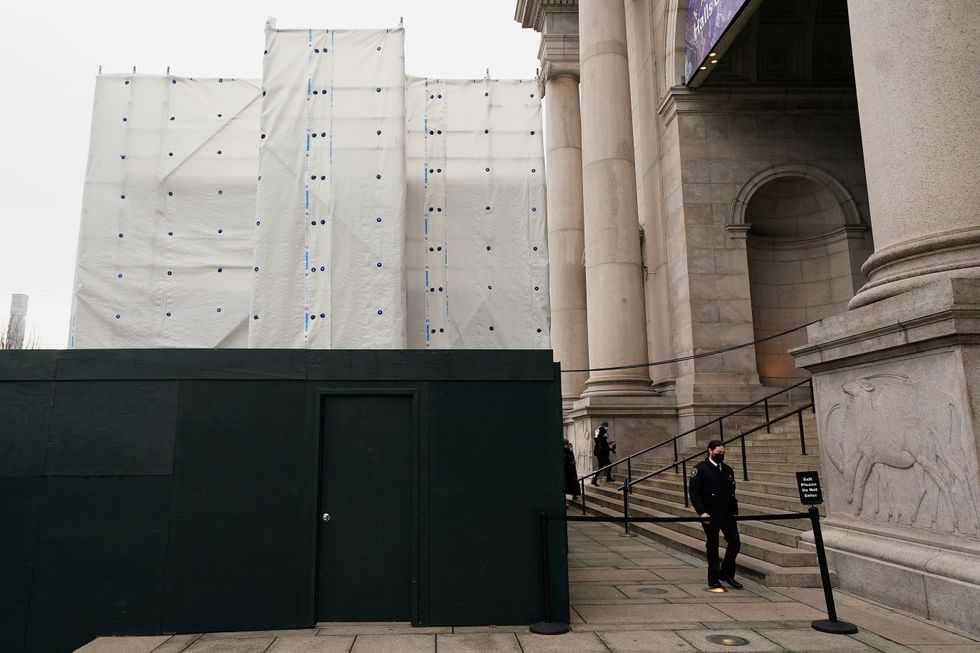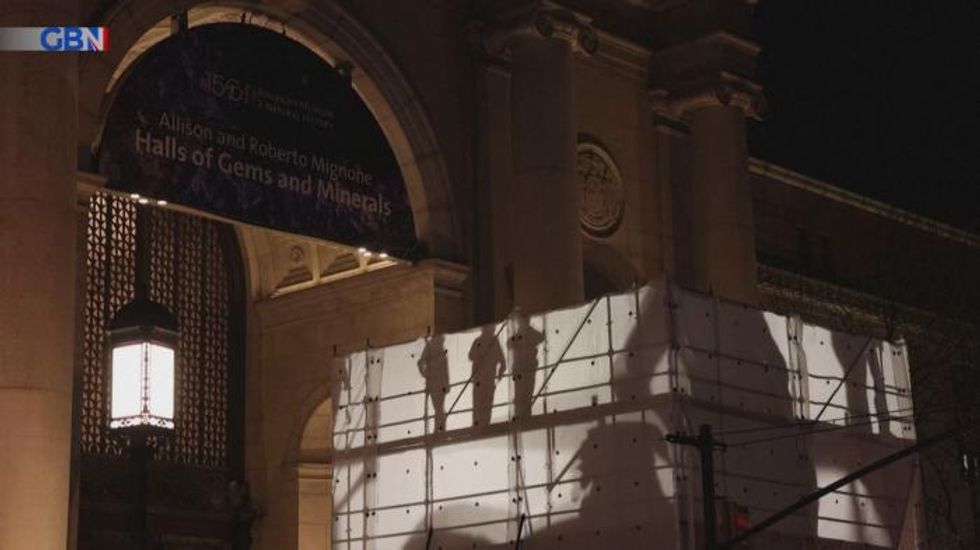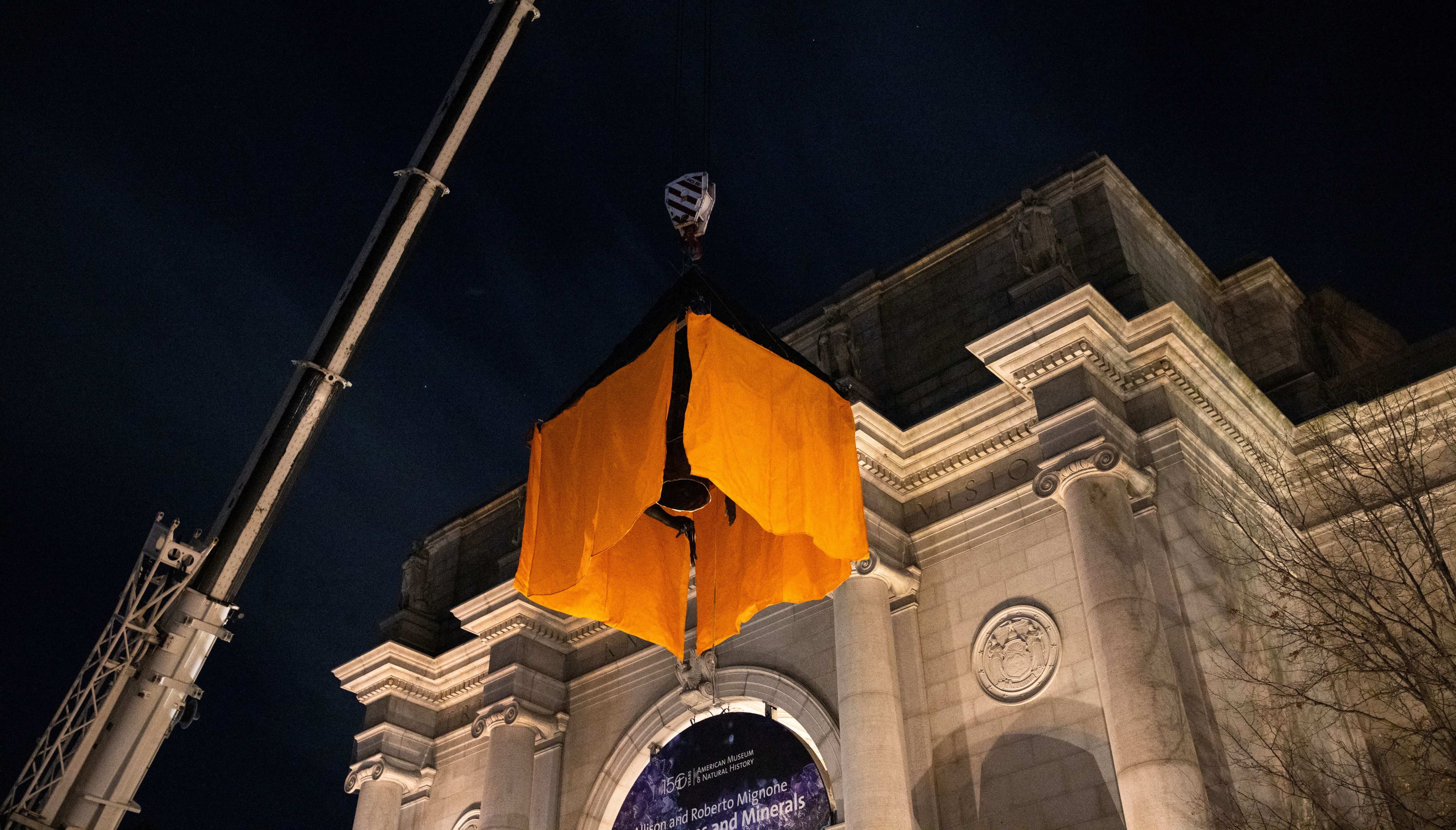Don't Miss
Most Read
Trending on GB News
Workers completed the removal of the towering statue of Theodore Roosevelt from outside New York City's American Museum of Natural History on Wednesday (January 19).
The museum decided to remove the statue two years ago amid anti-racism protests across the United States and the world after the death of an unarmed black man, George Floyd, in police custody.
The "Equestrian Statue of Theodore Roosevelt," commissioned in 1925 and unveiled to the public in 1940, depicts Roosevelt on a horse, with a Native American man and an African man on foot at his side.
It stood prominently on a plinth outside the museum's main entrance, overlooking Central Park.
The museum on its website said it was proud of its long association with the Roosevelt family, adding: "At the same time, the statue itself communicates a racial hierarchy the Museum and members of the public have long found disturbing."
Roosevelt, who was president from 1901 to 1909, was known for his exuberant and daring manner. He implemented antitrust and conservationist reforms, though critics said he took an interventionist approach to foreign policy, including projecting U.S. naval power around the world.
Part of a statue of Theodore Roosevelt is removed from the steps outside the American Museum of Natural History after the museum proposed to move following objections from some that it was a symbol of colonialism in New York City, New York
Caitlin Ochs
Many critics have said the Roosevelt statue symbolises racial discrimination and colonial expansion.
Meanwhile in England, the BBC has said there are no plans to take down a statue outside its central London headquarters after it was defaced with a hammer.
The depiction of Prospero and Ariel by sculptor Eric Gill, who is said to have sexually abused two of his daughters, has been on display at Broadcasting House since 1933, and the corporation defended its decision not to remove or replace the work.

A man was arrested on suspicion of criminal damage earlier this month after emergency services were called to the scene at 4.15pm amid reports of a man damaging a statue on a ledge, Scotland Yard said.
A statement from the BBC said: “The statue at the front of old Broadcasting House is a representation of Prospero and Ariel from Shakespeare’s The Tempest. Prospero is shown sending Ariel out into the world.
“When the statue was commissioned, Ariel – as the spirit of the air – was seen as an appropriate symbol for the new dawn of broadcasting.
“The BBC doesn’t condone the views or actions of Eric Gill. Clearly there are debates about whether you can separate the work of an artist from the art itself.
“We think the right thing to do is for people to have those discussions. We don’t think the right approach is to damage the artwork itself.”












